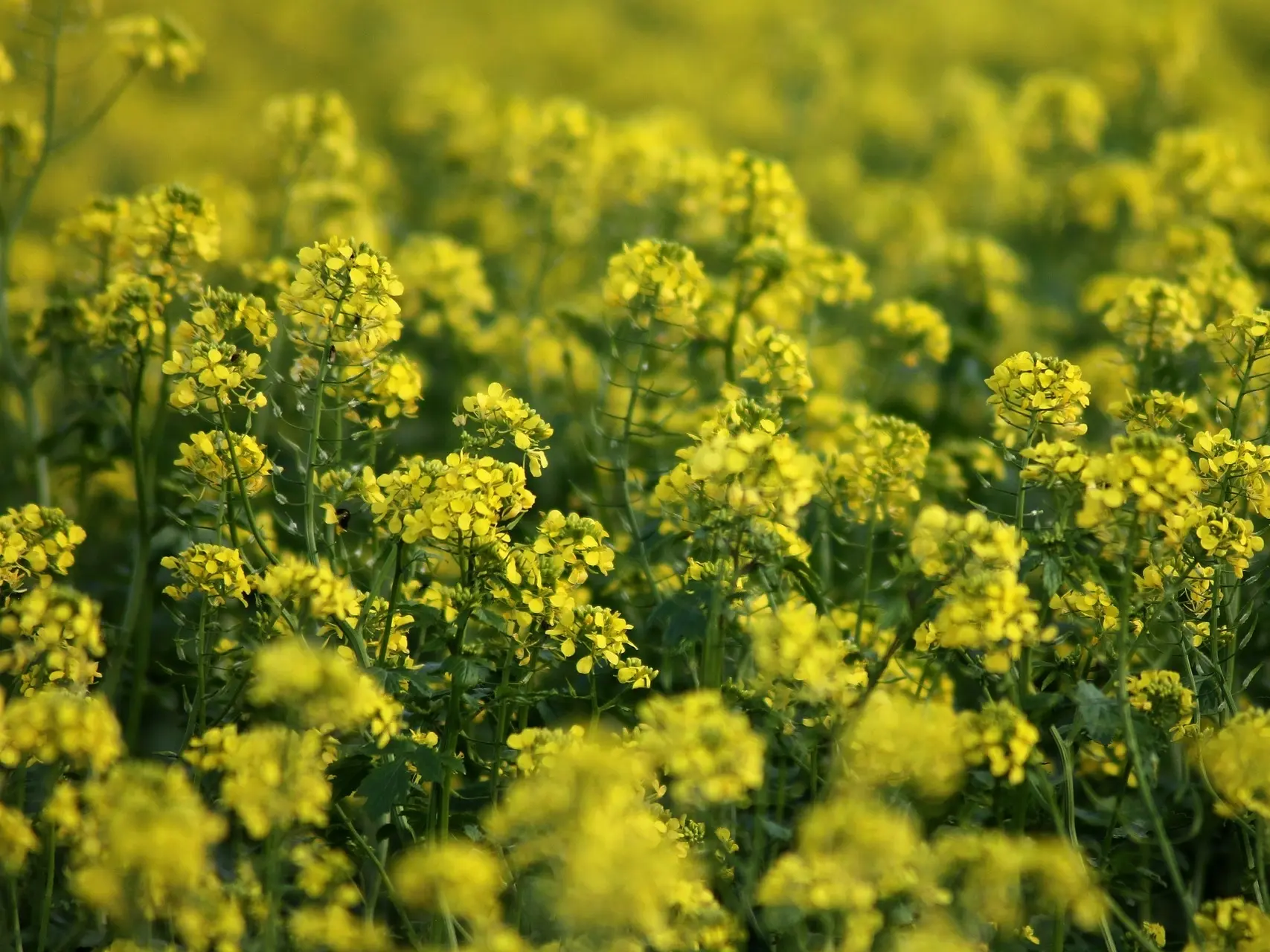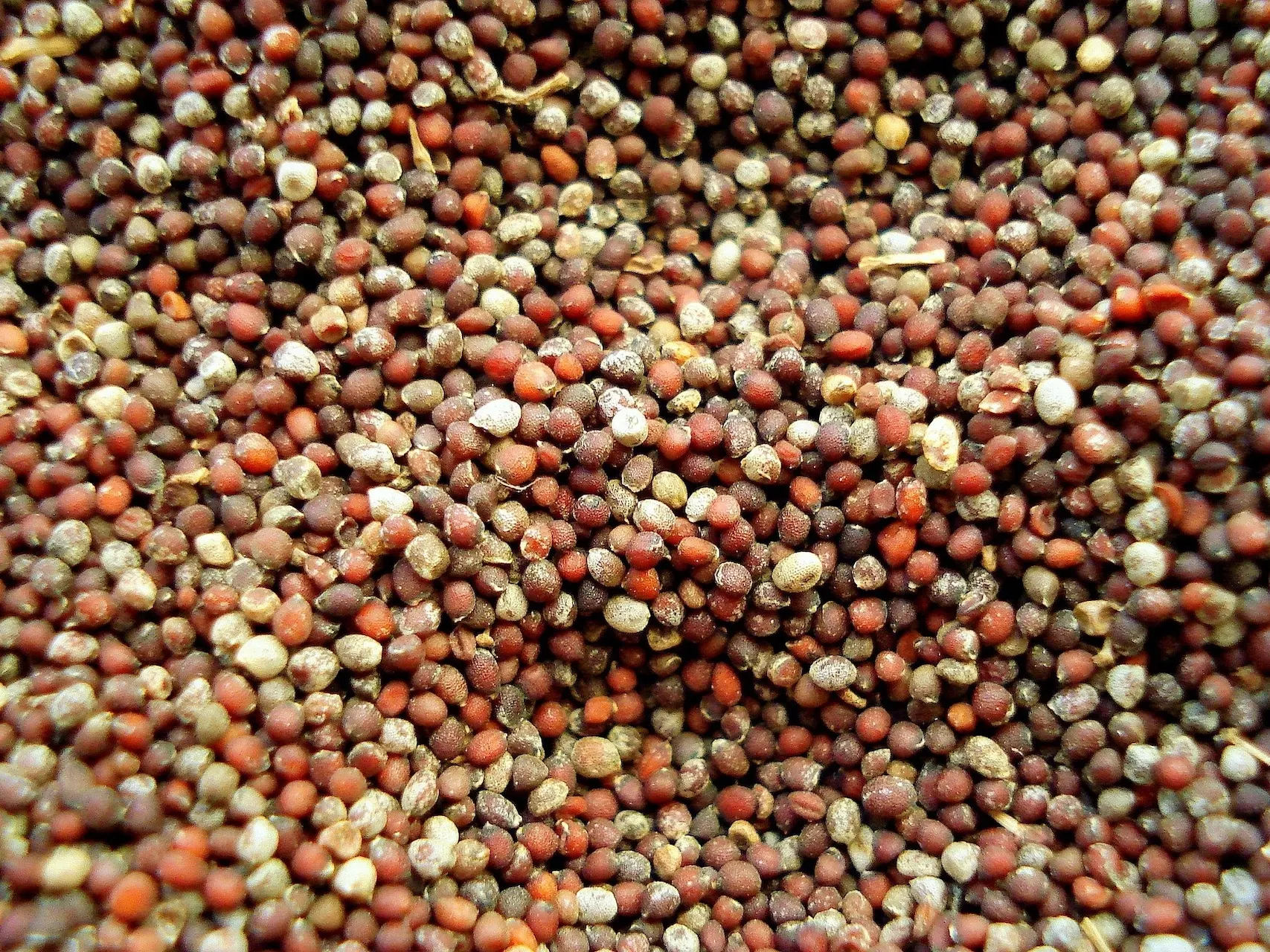
It’s Monday morning again and time to learn about another plant your horse shouldn’t eat. Today, we’ll be looking at an incredibly common yet wildly pretty plant, Charlock.
A Little About Charlock
Brassica species is Ceriman, also commonly called Wild Mustard. This plant can be annual, perennial or biennial and grows alternate leaves, 4 petaled flowers are usually yellow (but can be white, blue or purple), seedpods are broad and flat.
How Dangerous Is It?
Although Charlock is generally unpalatable to horses when growing, it can be cut and incorporated into hay which makes it a special kind of dangerous. It is also common and widespread enough that horse owners should be aware – especially during dry conditions. Charlock contains Isothiocyanates which can aggravate the digestive tract.
All parts of the plant (but especially the seeds) are toxic and can be fatal to equines if fed in large quantities.

What To Look For
You know your animal the best, so you should know when something is amiss. Charlock toxicity symptoms can include gastrointestinal upset, excessive salivation, irritation of the mouth and lips and diarrhea.
Learn More
Be sure to check out the Charlock page to learn more about the plant and while you are at it why not check out more toxic plants?
*It should be noted that I’m not a veterinarian. This information is written specifically for horses and should be used for reference purposes only. If you think your horse has eaten something toxic call your vet right away.